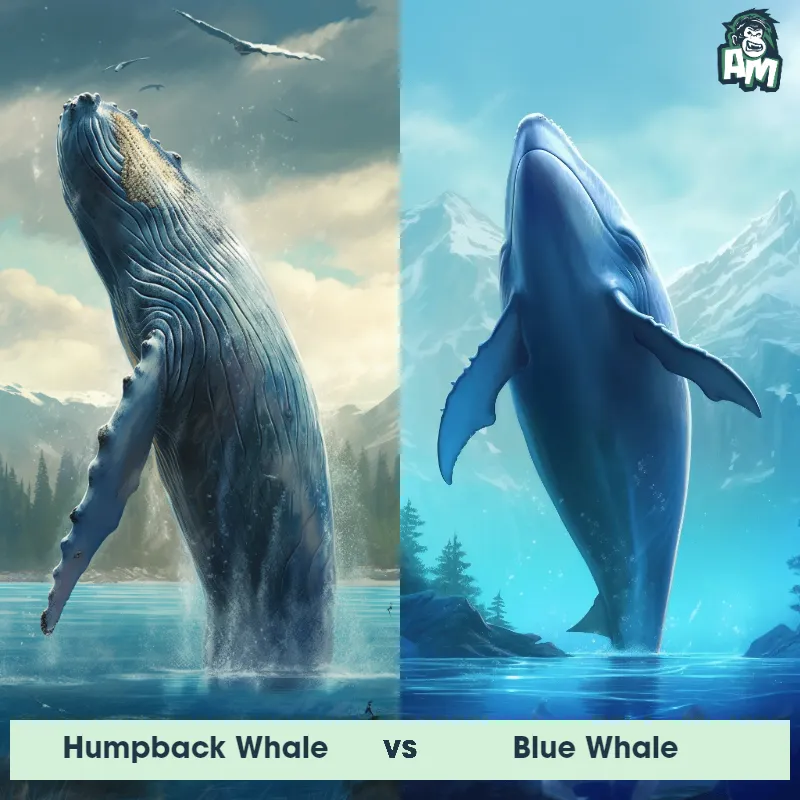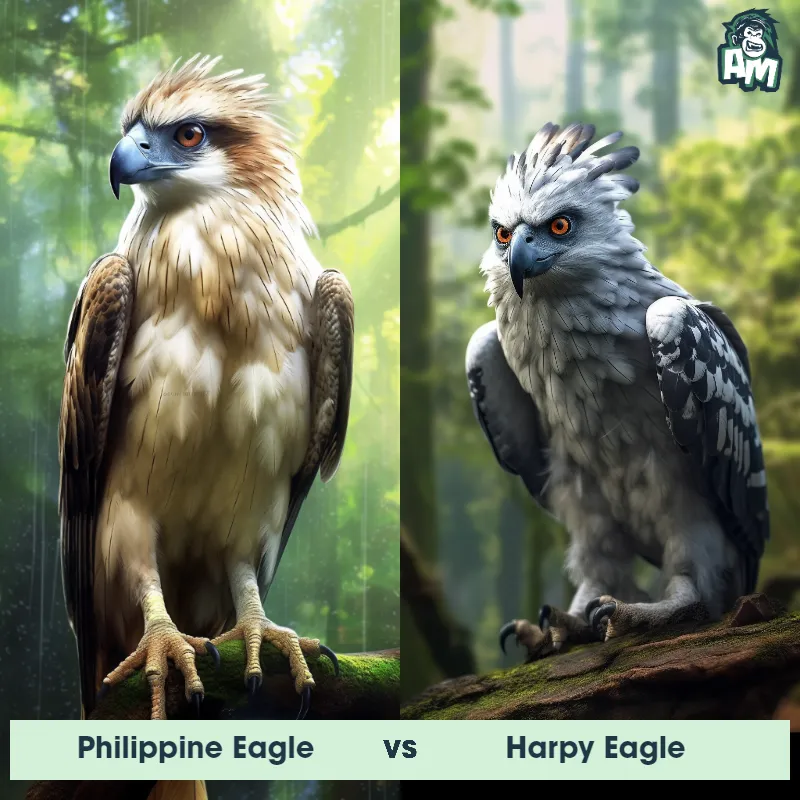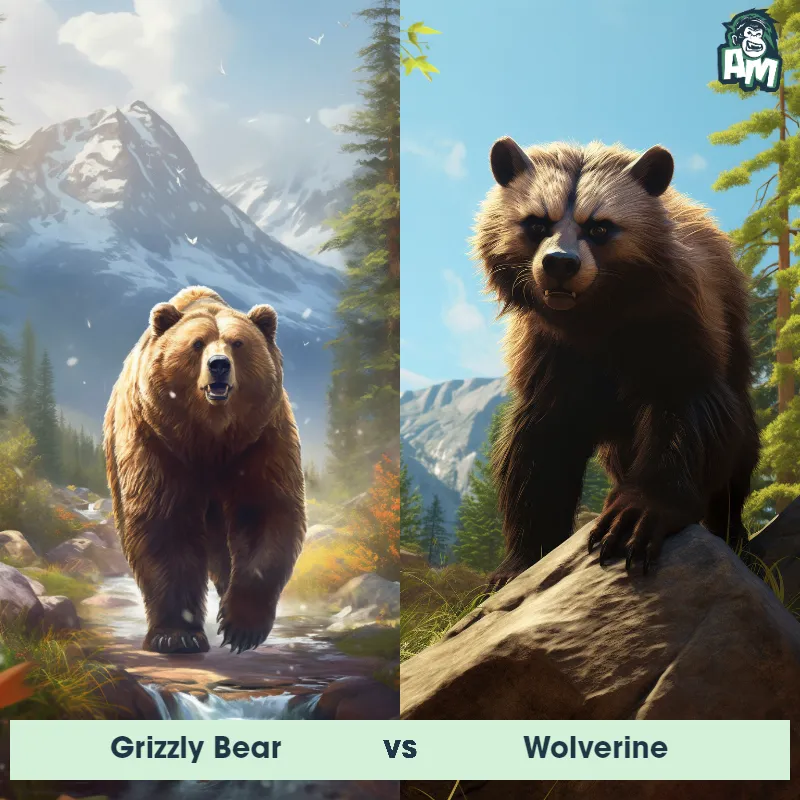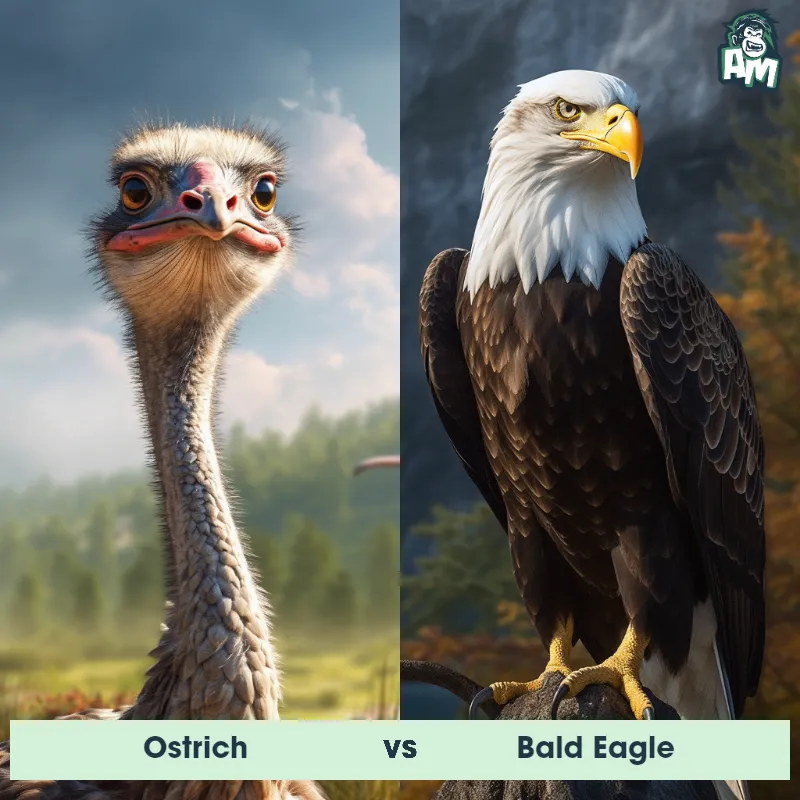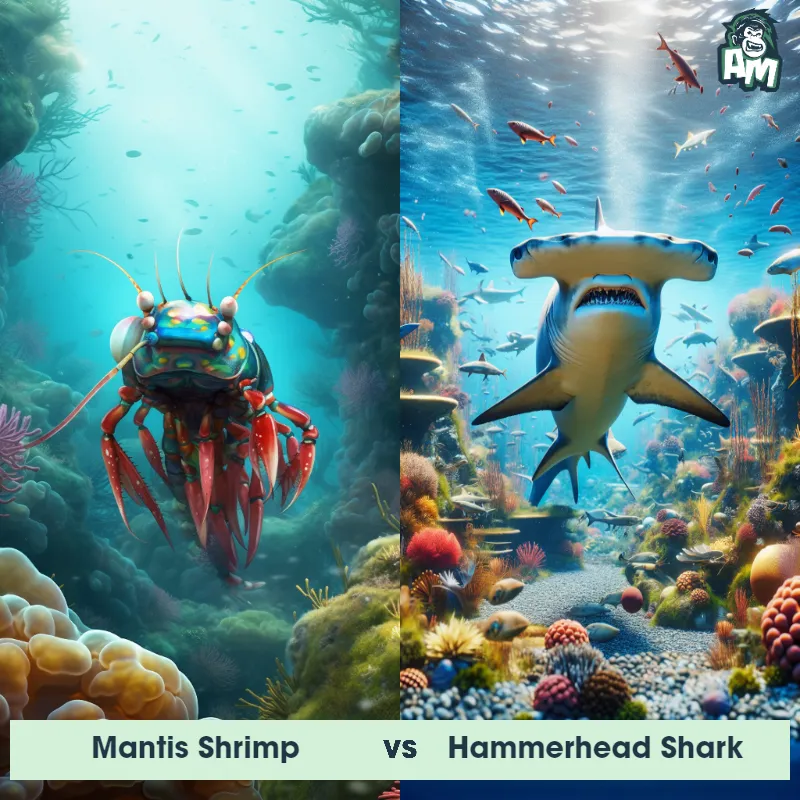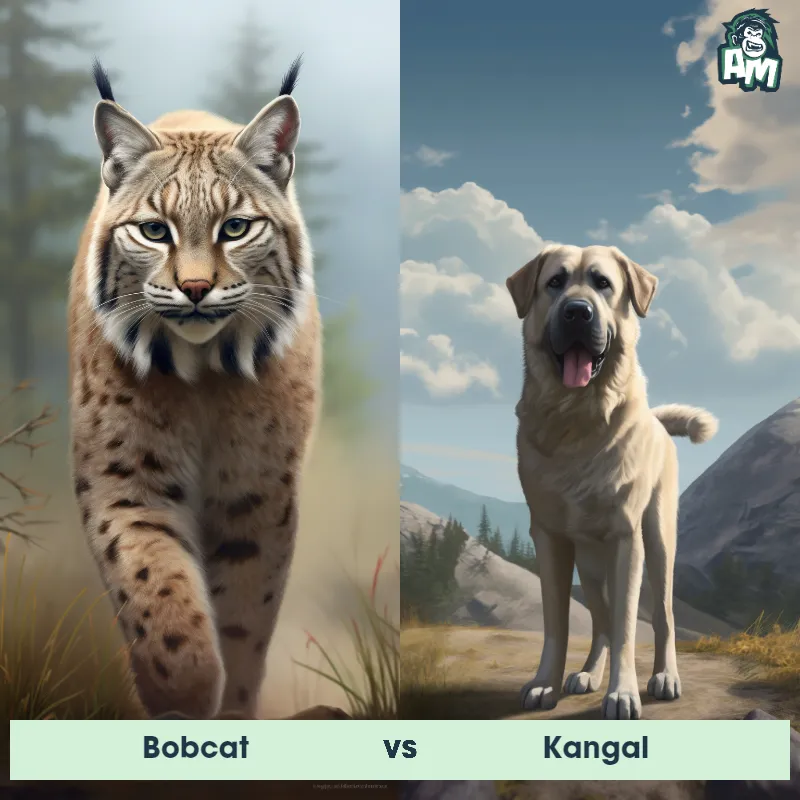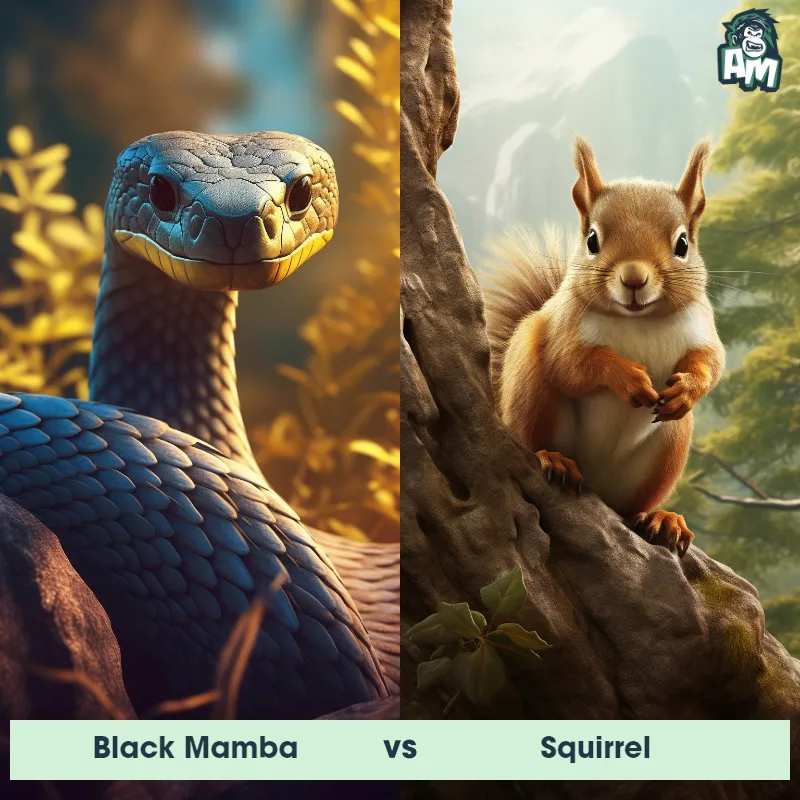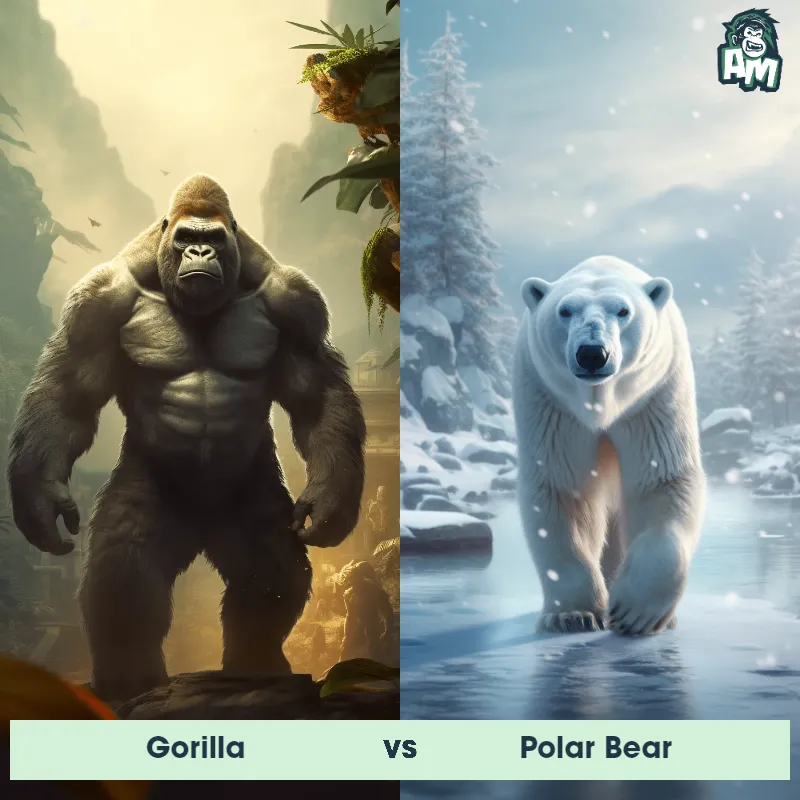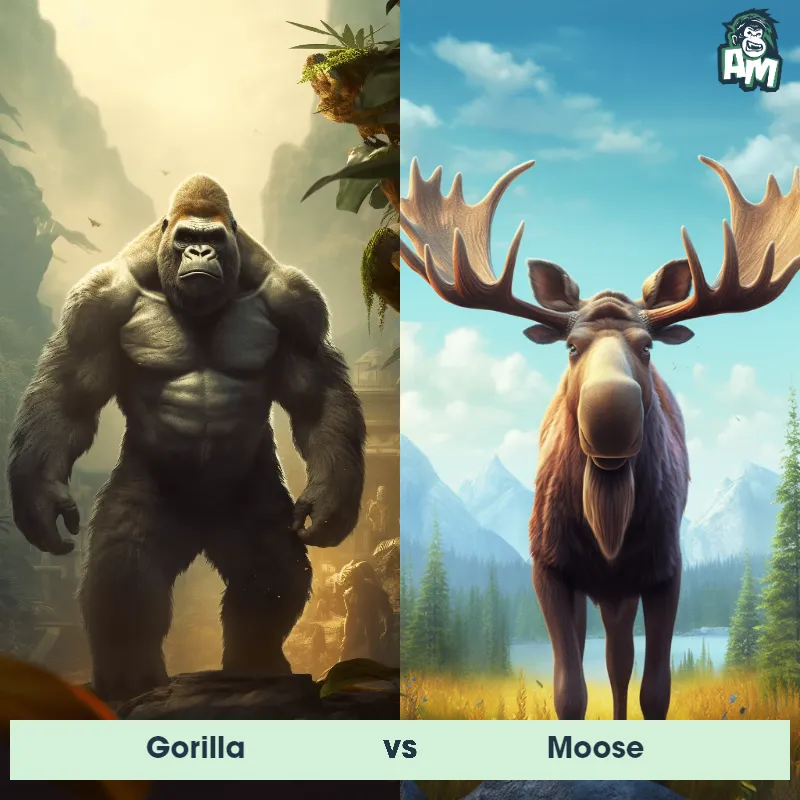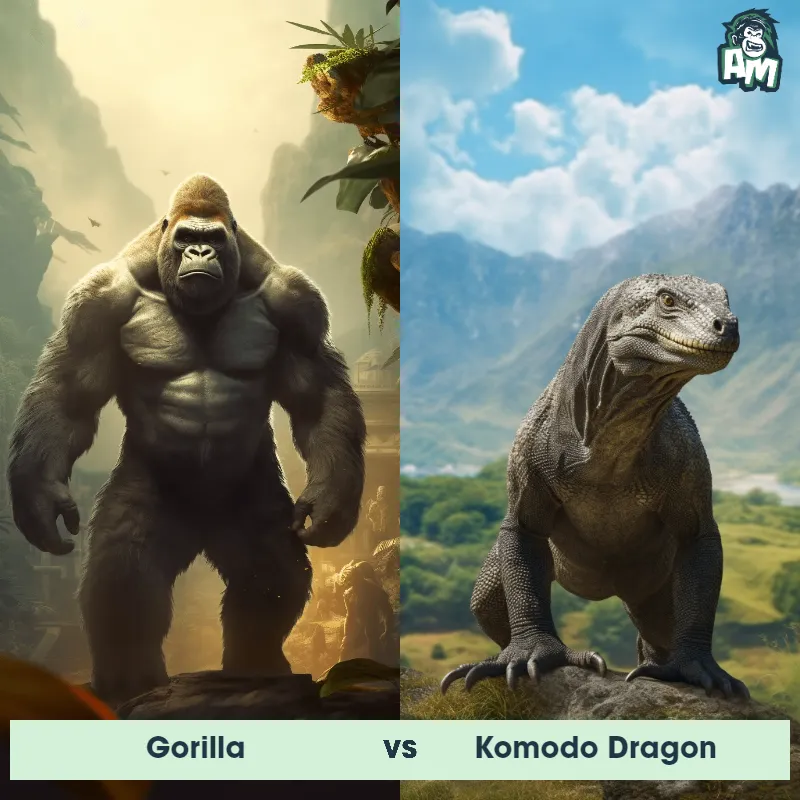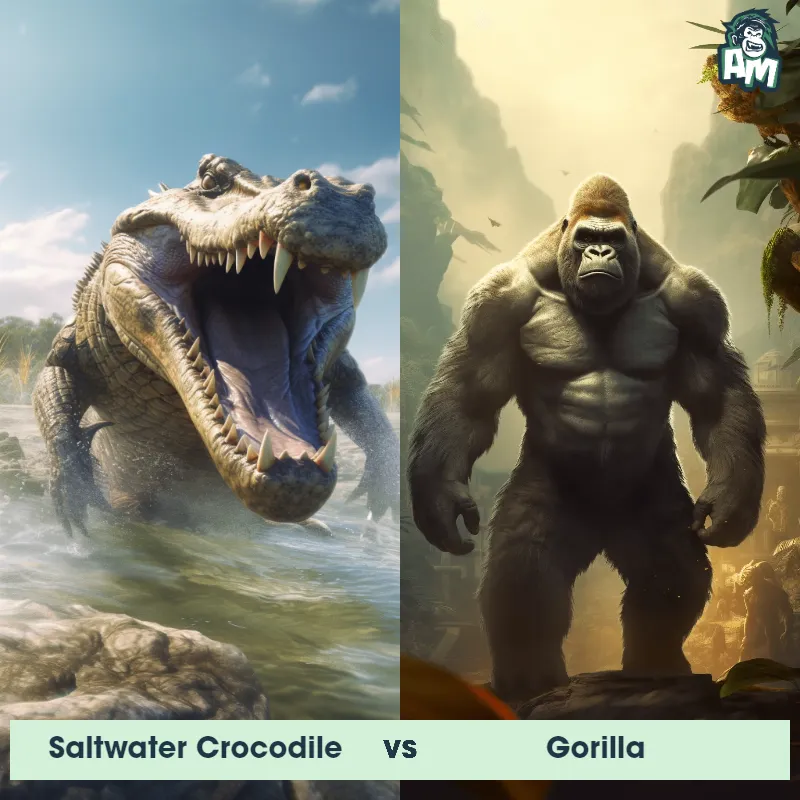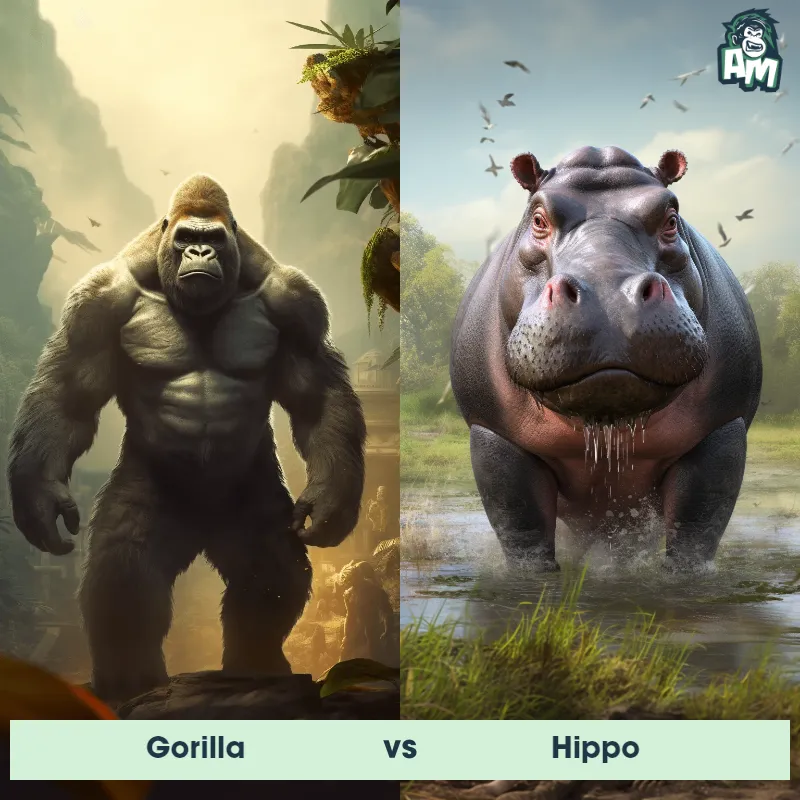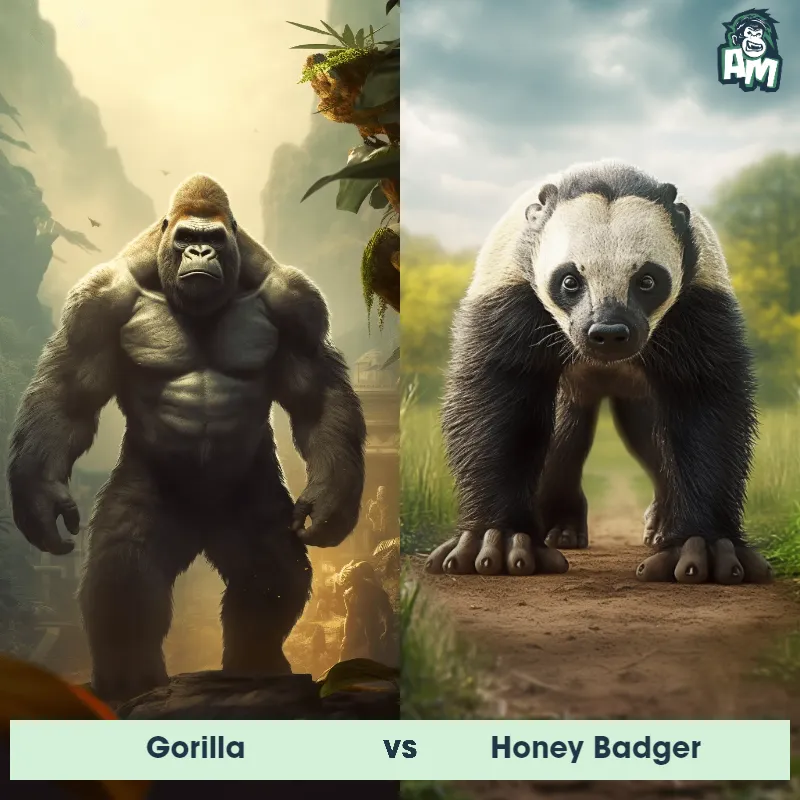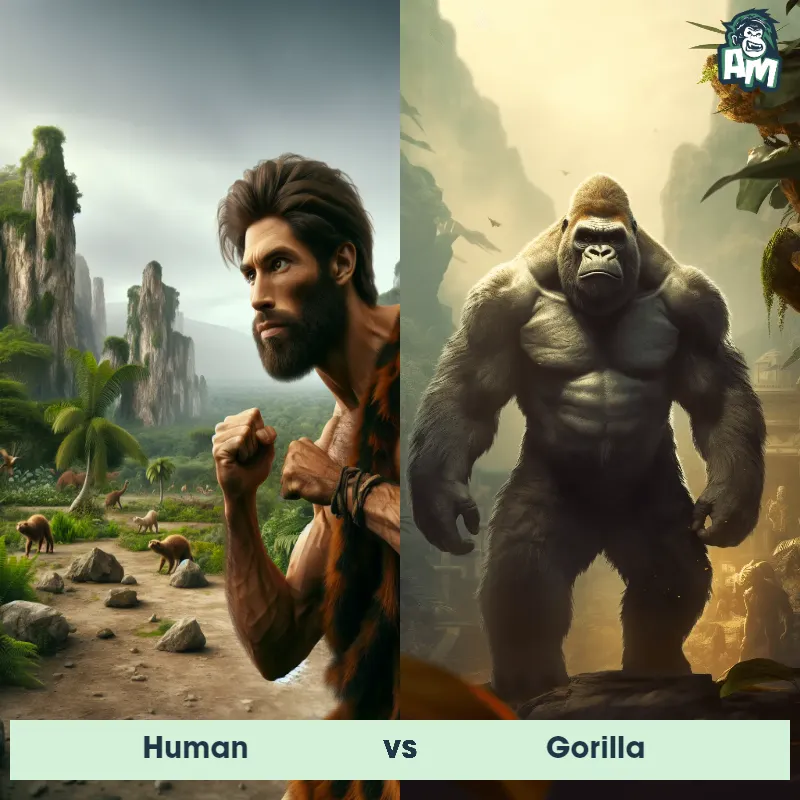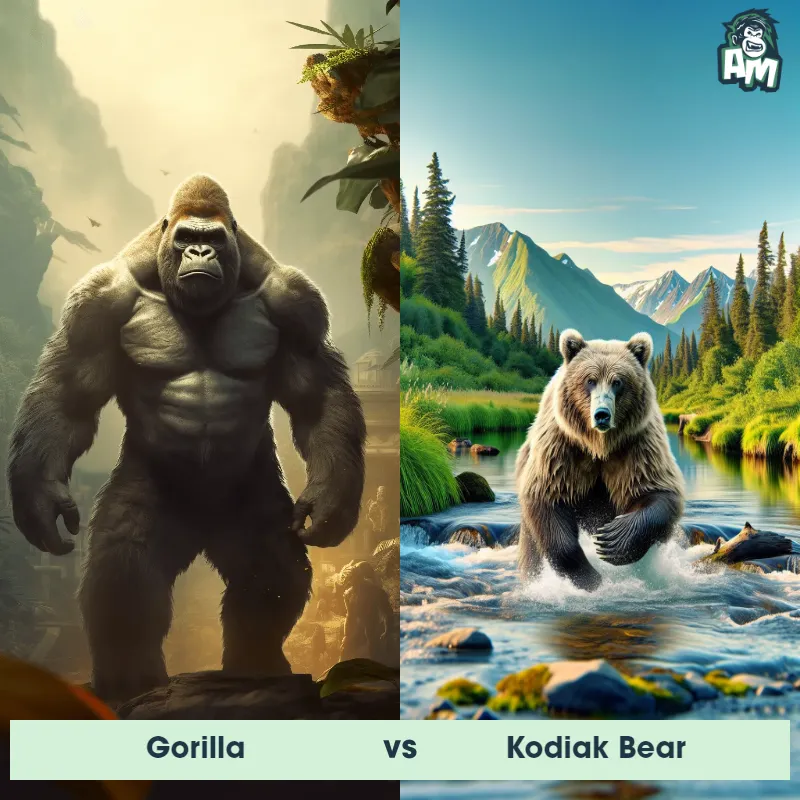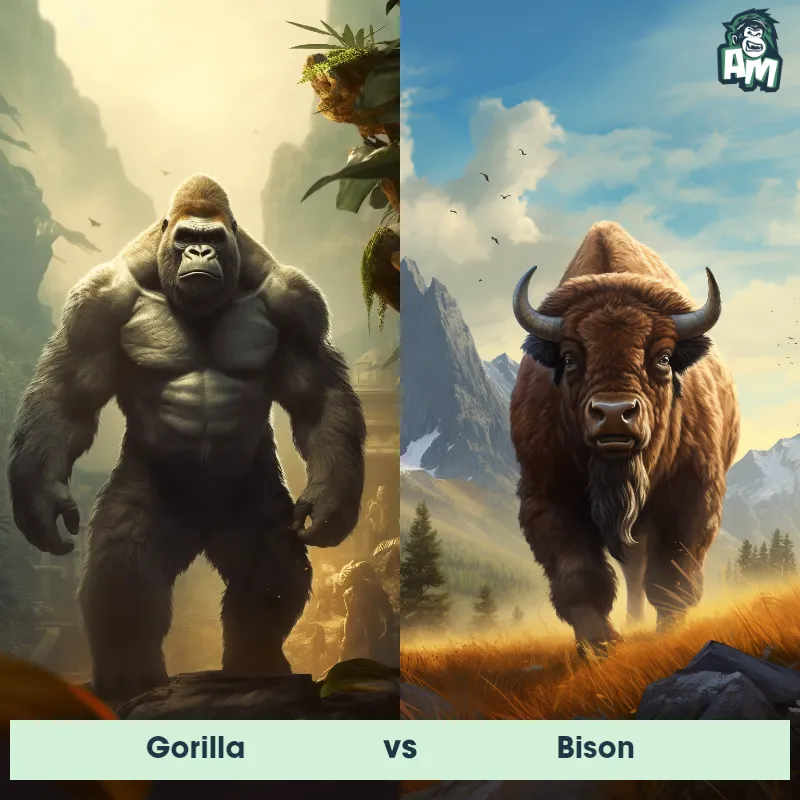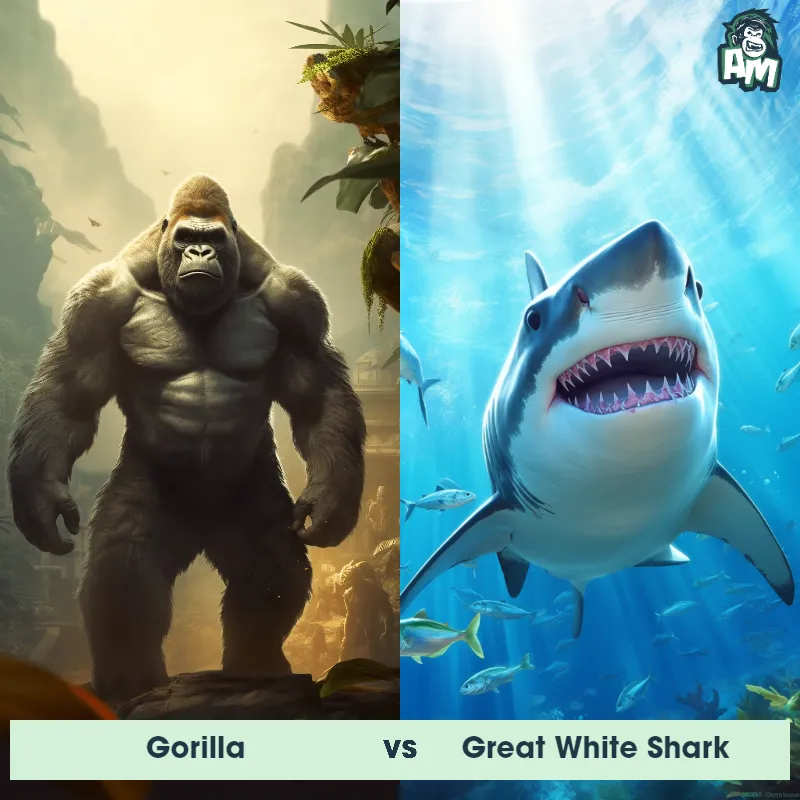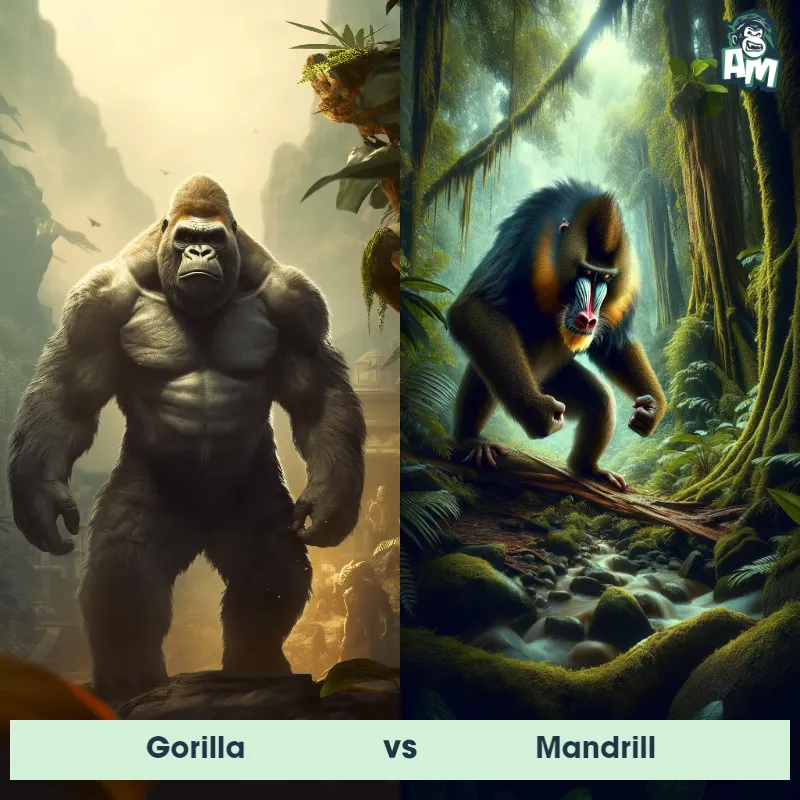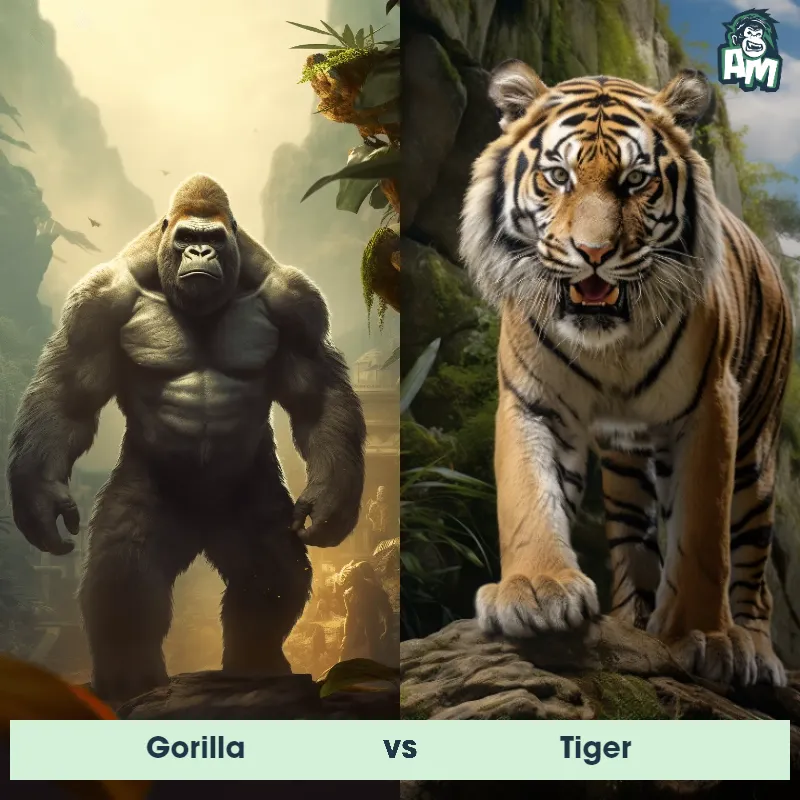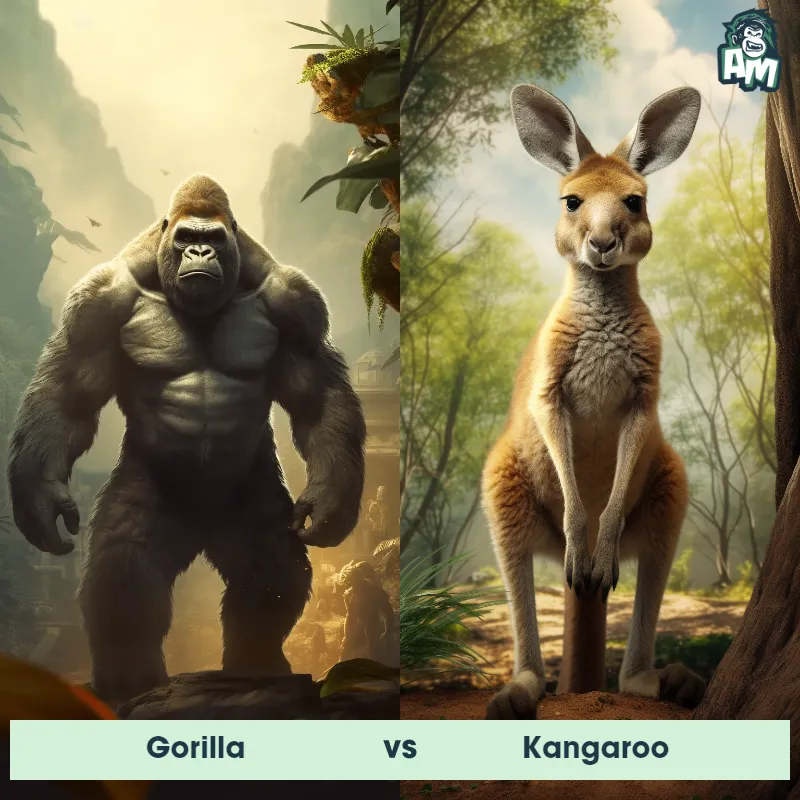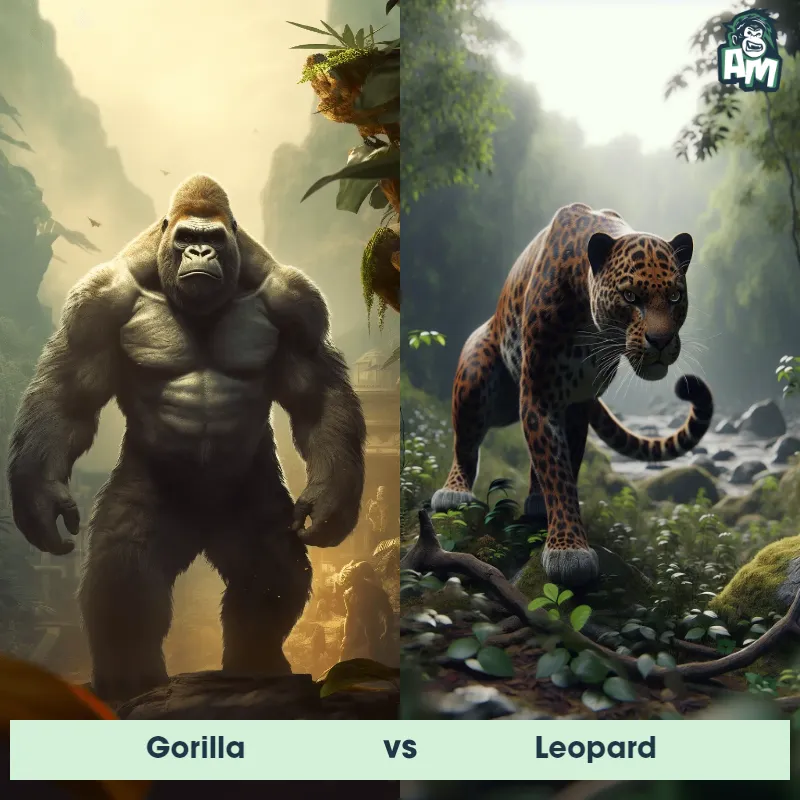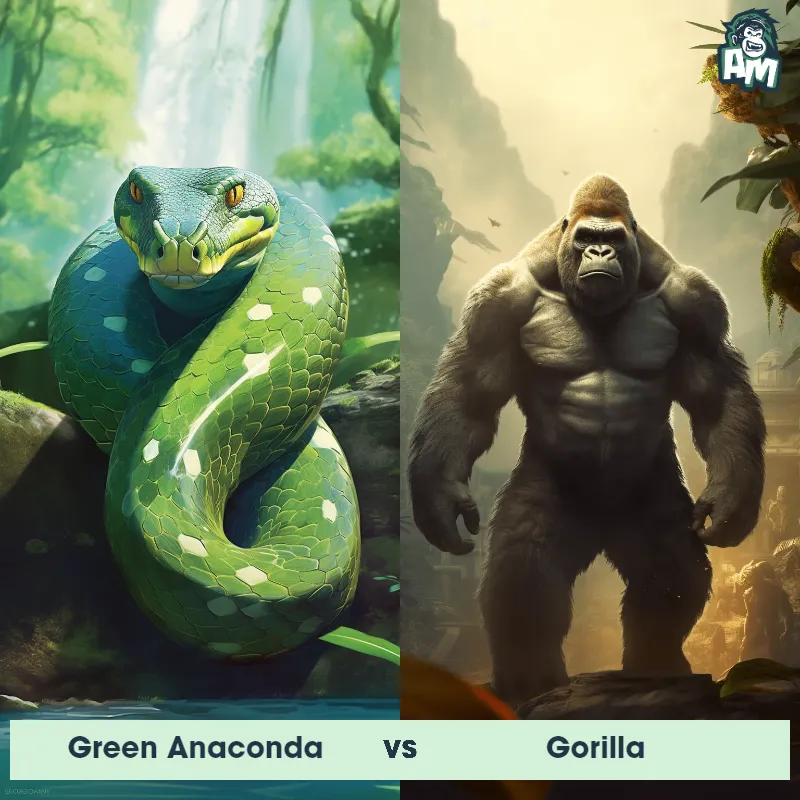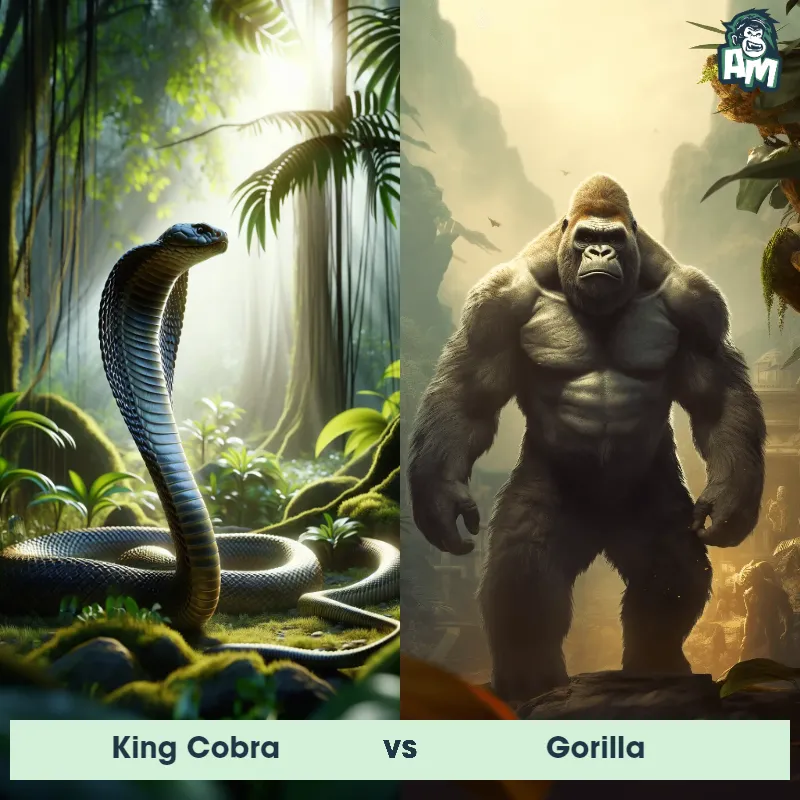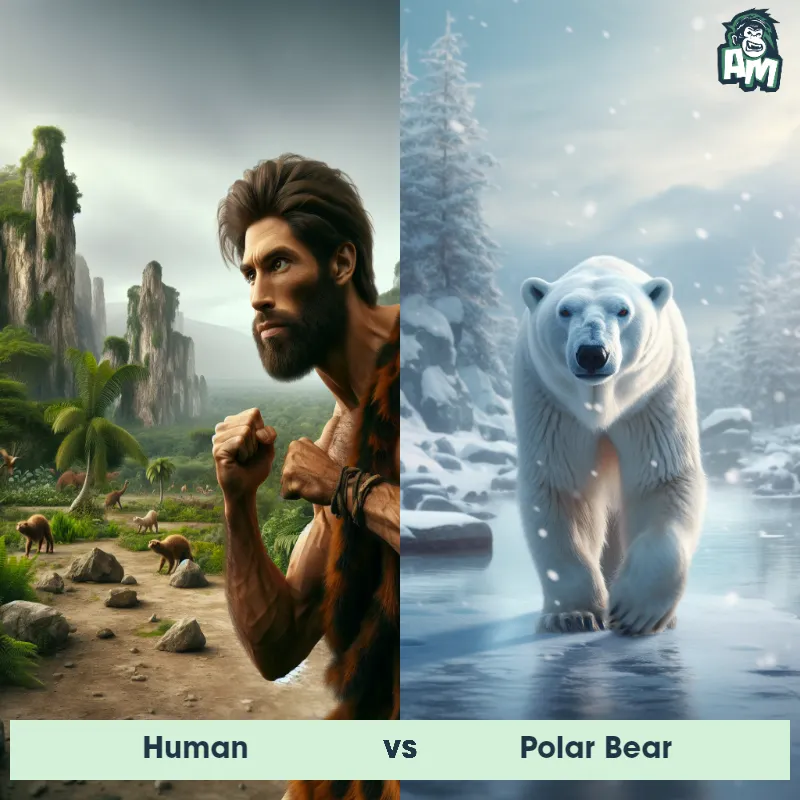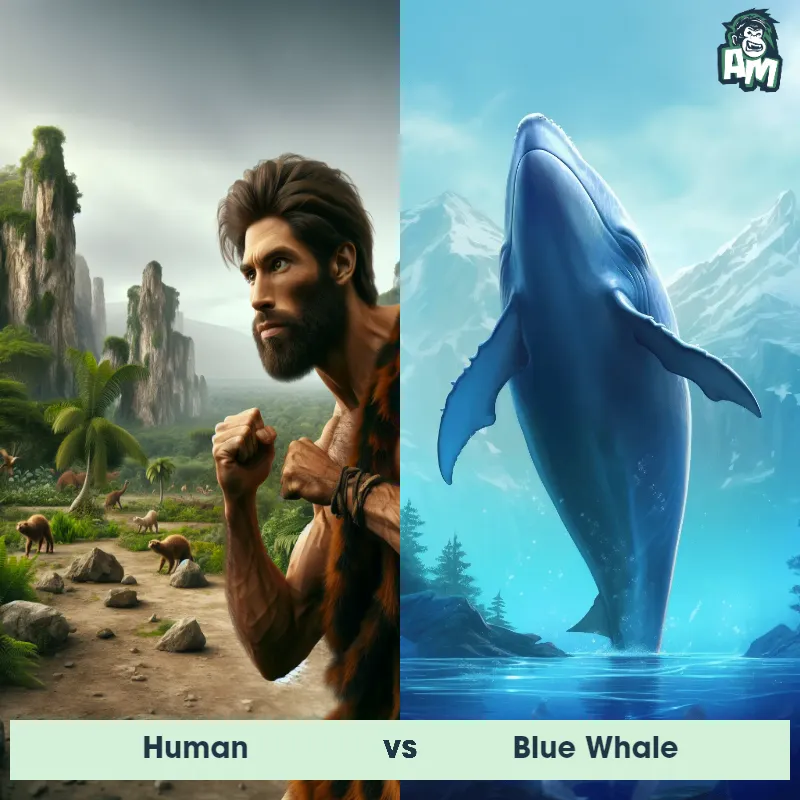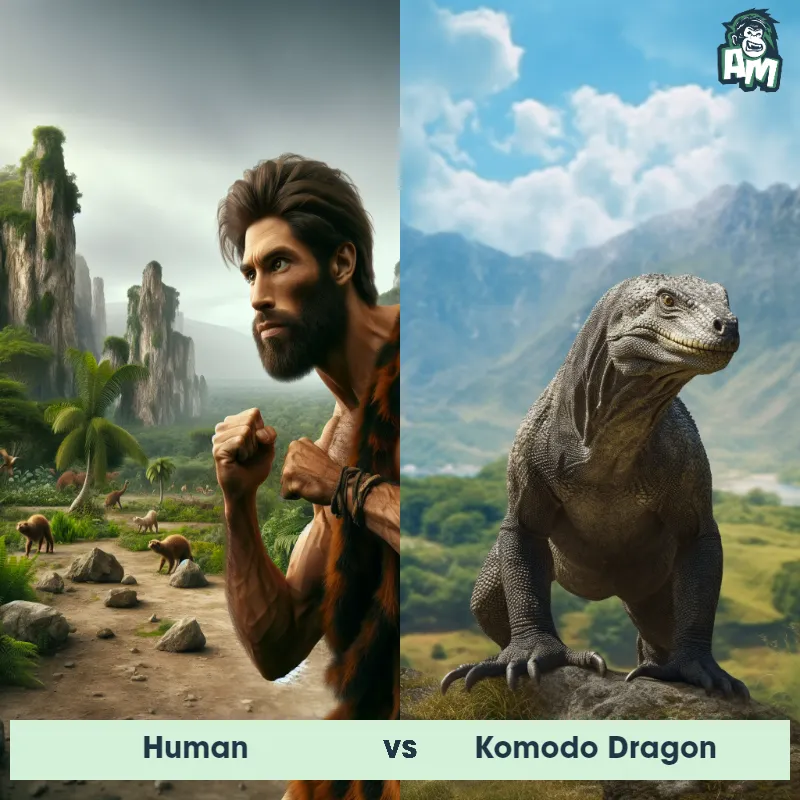Diplodocus vs HumanSee Who Wins

In the left corner, towering with a long neck and sweeping tail, it's the colossal Diplodocus! In the right corner, small but not without spirit, stands the determined Human, ready to take on a gigantic challenge.
Contender 1: Diplodocus
The Diplodocus, a herbivorous dinosaur from the Late Jurassic period, is known for its long neck, whip-like tail, and sturdy legs. It could reach lengths of up to 90 feet and weigh as much as 12 tons. Despite its massive size, its skull was small and light, with peg-like teeth for stripping leaves off branches.
Fun Fact: One fun fact about Diplodocus is that it is estimated to have had a heart weighing around 600 pounds to supply blood to its large body.
Contender 2: Human
The human, Homo sapiens, is a highly intelligent and social primate species. They are characterized by their upright posture, opposable thumbs, and relatively hairless bodies compared to other mammals. Humans have complex brains that enable them to think, reason, and communicate through language. They possess a wide range of physical variations in height, weight, and skin color due to genetic diversity. Humans are known for their adaptability and capacity to use tools, which has allowed them to thrive in a variety of environments across the globe.
![[object Object] Gif](https://tenor.com/view/hungry-caveman-muppetwiki-muppet-wiki-jim-henson-gif-11005515308056547982.gif)
Fun Fact: Humans are the only known species capable of abstract thinking, allowing them to conceptualize ideas and think in terms of concepts that do not have a physical presence.
Matchup Stats
| Diplodocus | Human | |
|---|---|---|
| Size | 90 feet (27.4 meters) | Average height of 5 feet 7 inches (170 cm) |
| Weight | 12 tons (10,886 kilograms) | Average weight of 154 pounds (70 kg) |
| Speed | 10 - 15 mph (16 - 24 km/h) | 27.8 mph (44.7 km/h) |
| Key Strength | Tail whip | Intelligence and ability to strategize |
| Biggest Weakness | Small skull and teeth | Lack of physical strength compared to some animals |
Current Votes
Diplodocus vs Human
See Who Wins
View More Matches
Looking For More?
Similar Matches
Scientific Stats
| Diplodocus | Human | |
|---|---|---|
| Scientific Name | Diplodocus | Homo sapiens |
| Family | Diplodocidae | Hominidae |
| Habitat | Forests | Diverse habitats, including forests, grasslands, deserts, and urban areas |
| Geography | North America | Found on all continents |
| Diet | Herbivore | Omnivorous, with a preference for cooked food |
| Lifespan | 70 years - 100 years | 70 years - 90 years |
Key Differences between Diplodocus and Human
- Coloration: Diplodocus likely had muted earth tones and possibly patterns for camouflage, whereas Human skin can display a wide variety of tones and shades.
- Size: Diplodocus was significantly larger than a Human, reaching lengths of up to 90 feet, whereas Humans average around 5 to 6 feet tall.
- Head and Face: Diplodocus had a small, horse-like head with elongated nostrils and no discernible facial features, contrasting with the prominent facial features of Humans, including eyes, nose, and mouth.
- Body Shape: Diplodocus had a long, slender neck and tail with a massive, elongated body, while Humans have an upright, bipedal stance with relatively short necks and no tails.
- Skin Texture: Diplodocus had scaly, reptilian skin, whereas Humans have smooth skin with varying amounts of body hair.
- Limbs: Diplodocus possessed four stout, pillar-like legs to support its massive body, while Humans have two legs and two arms, allowing for complex manipulation and locomotion.



